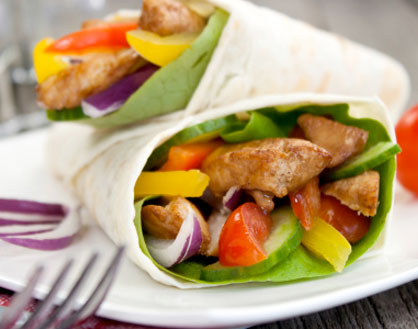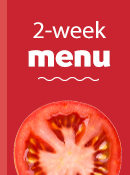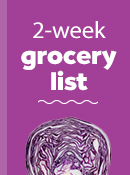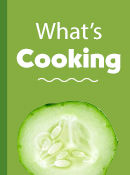Easy as checking a label.
Reading labels is easier than you think and can help you make healthy choices. Food labels, or Nutrition Facts, tell you the nutritional content of a food item. The nutritional content is basically what is in that food item. You can find these labels on the back or on the side of packages, cans or bottles.
Here are 5 quick and simple tips for making healthy choices when checking the label:
1. Start with the serving information at the top of the label.
This will tell you the size of a single serving and the total number of servings per container (or package). Be sure to check serving sizes. Many times, if you eat or drink the entire product, you’re getting more than one serving.
2. Next, check total calories per serving.
Pay attention to the calories per serving and how many servings you’re really taking in if you eat the whole package.
3. Limit these nutrients.
The American Heart Association says it’s a good idea to keep these numbers in mind: Based on a 2,000 calorie diet, no more than 11-13 grams of saturated fat, as little trans fat as possible, and no more than 1,500 mg of sodium.
4. Get enough of these nutrients.
Make sure you get enough of these beneficial nutrients such as dietary fiber, protein, calcium, iron, vitamins and other nutrients you need every day.
5. Look at the % Daily Value.
The % Daily Value (DV) tells you the percentage of each nutrient in a single serving, in terms of the daily recommended amount. These percentages are based on a 2,000-calorie per day goal.










